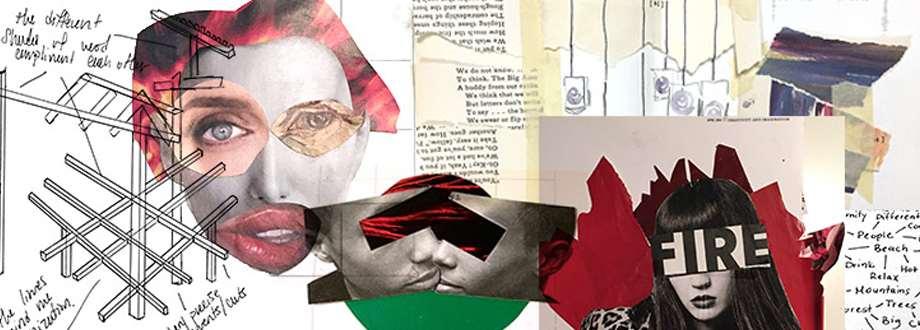The UAB Department of Art and Art History offers a large variety of courses in visual culture, studio art and art history that fulfill the Core Area II: Humanities and Fine Arts curriculum requirements. Listed below you will find information, resources, and images describing the many exciting options available for coursework in the DAAH.
Art Studio
As a student in the UAB Department of Art and Art History, you will learn to think critically and independently, delve into imagined worlds, and understand how others live and understand themselves. You will learn the skills and techniques needed to express yourself visually, practice the art of critical thinking and study from great masters new and old.
Art Studio courses you can take now that fulfill Core Area II curriculum requirements, without prerequisites:
-
ARS 280. Creativity + Imagination - 3 Hours
How has the human body been represented in painting and sculpture at different times and places in world history? How do we make sense of paintings and other ways that the world is represented in two dimensions? How do art museums shape the meaning of the art they display? What are the limits and possibilities of the different materials and techniques of art making? How does art reveal the ways that people at different moments in history understand their world? These are the kinds of core questions explored in this introductory course, which gives students the tools they need to understand art and to effectively communicate what they see.
ARH 101 is an introduction to the study of visual culture, touching on regions and periods from the prehistoric to present. The emphasis is on form and context, helping students acquire an understanding of art materials and techniques. It includes the study of original works of art in the Birmingham Museum of Art and architecture in metropolitan Birmingham.
Art History
When you take courses in art history at UAB, you will distill concepts from many other fields of study—including history, literature, science, anthropology, and social justice. These interdisciplinary concepts will coalesce to inspire your creative process in art-historical scholarship. Not only will you hone analytical skills, but you will also learn to think critically, act creatively, and communicate clearly and persuasively, giving you a strong advantage in your future pursuits.
Students who study the arts consistently experience higher individual achievement. The study of art history engages many areas of the brain and has far-reaching effects on the learner’s mind; enhances perceptual and cognitive skills; promotes the understanding and sharing of culture, and promotes social skills that enhance the awareness and respect of others.
In UAB’s art history classes, you can expect to develop and practice the following skills:
- Art Historiographical Literacy: Students will learn to identify and explain the significance of major works of art at various periods from antiquity to the twenty-first century. Students will learn about the ideas and social contexts in which major artists in those traditions worked and the importance of their achievements to larger cultural developments, including the impact of ideologies of racial, gender, class, and other forms of socially constructed “difference.”
- Critical Thinking: Students will learn to recognize and understand various art historical methods and develop the ability to evaluate critically how scholars have discussed the ideas and works of major artists and the intersections of art production with other aspects of historical and social development within particular cultures.
- Research Skills: Students will learn to identify and develop appropriate research topics and questions that can shape their projects. They will be able to find appropriate research sources through the effective use of the material in libraries, databases, and archival or other primary sources.
- Communication Skills: Students will learn to organize and express their thoughts clearly and coherently both in writing and orally. They will develop the ability to produce cogent arguments, clear analysis of topics and source materials, and use articulate, grammatically correct language.
Studying art history helps students stretch their minds beyond the boundaries of the printed text or the rules of what is provable!
Art History courses you can take now that fulfill Core Area II curriculum requirements, without prerequisites:
-
ARH 101. The Art Experience - 3 Hours
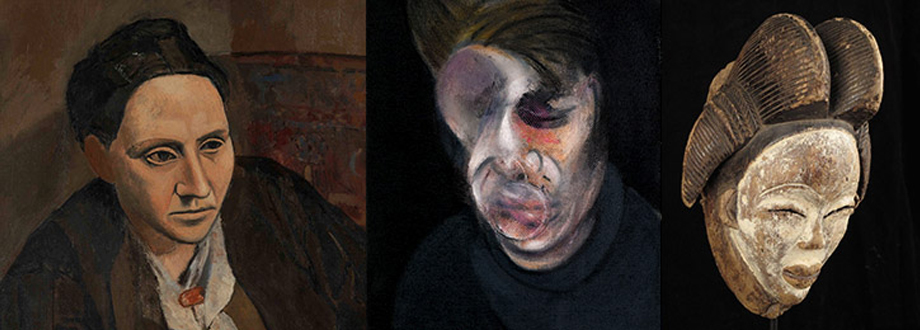
How has the human body been represented in painting and sculpture at different times and places in world history? How do we make sense of paintings and other ways that the world is represented in two dimensions? How do art museums shape the meaning of the art they display? What are the limits and possibilities of the different materials and techniques of art making? How does art reveal the ways that people at different moments in history understand their world? These are the kinds of core questions explored in this introductory course, which gives students the tools they need to understand art and to effectively communicate what they see.
ARH 101 is an introduction to the study of visual culture, touching on regions and periods from the prehistoric to present. The emphasis is on form and context, helping students acquire an understanding of art materials and techniques. It includes the study of original works of art in the Birmingham Museum of Art and architecture in metropolitan Birmingham.
-
ARH 203. Ancient and Medieval Art - 3 Hours
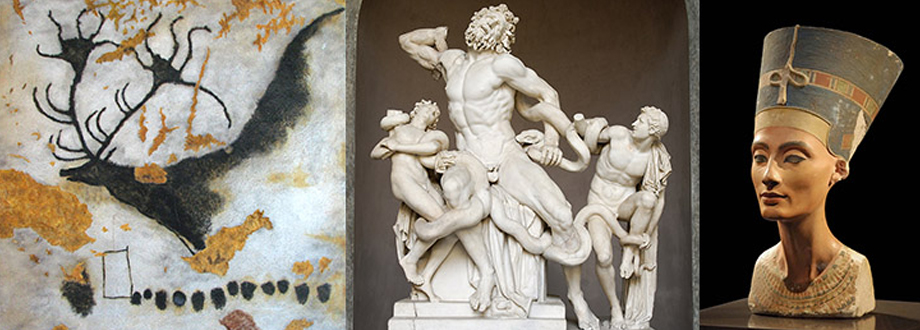
The study of ancient art history begins with Prehistoric, Near Eastern and Egyptian art that attempts to make sense of the universe through paintings, carvings, and buildings. Prehistoric people grappled with life and death in a harsher environment than ours. Nonetheless they responded in a way perfectly familiar to modern people--to look at the heavens and wonder why. The stage was then set for the blossoming of artistic invention on the part of the Greeks and Romans. The greatness of public art, such as temples and theatres, is a central focus of Greco-Roman art history, with the private art of the period seen in the beautiful homes and bathhouses, ornamented with mosaics and frescoes. The last section of material is on the acceptance and growth of Christian art in the Byzantine church and the Medieval age through Gothic. Islamic art and architecture is also examined in this survey course.
-
ARH 204. Early Modern-Contemporary Art - 3 Hours
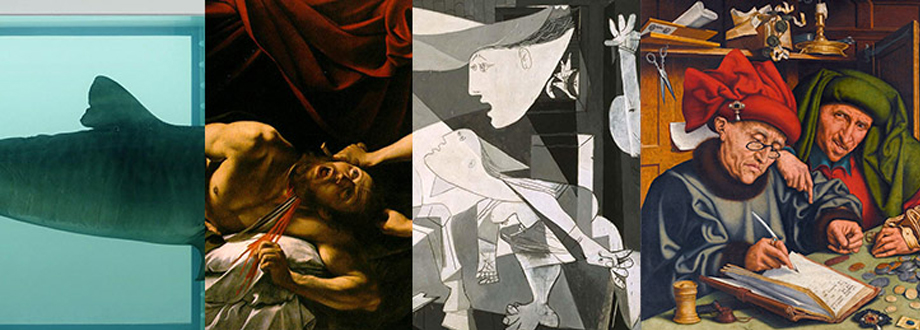
This class explores canonical works of art from the Early Renaissance to the contemporary era with a focus towards the western perspective. By studying the style, creation, purpose, and meaning of art throughout history, this course aims to provide a more cohesive understanding of how art functions in society. Since art history is concerned with history as much as with art students will not only look a lot of art works, they will examine changes in style over time, consider how people responded to particular works of art in the past and the present, and come to understand what factors influenced those responses. Guiding themes for this class include the changing nature of patronage (who commissions the artwork and pays the artist to make it) and its effect on art; the role of gender in terms of who makes the art work, what it looks like, and who uses it; and the growth of national and/or regional issues and their reflection in art.
-
ARH 206. Survey of Asian Art - 3 Hours
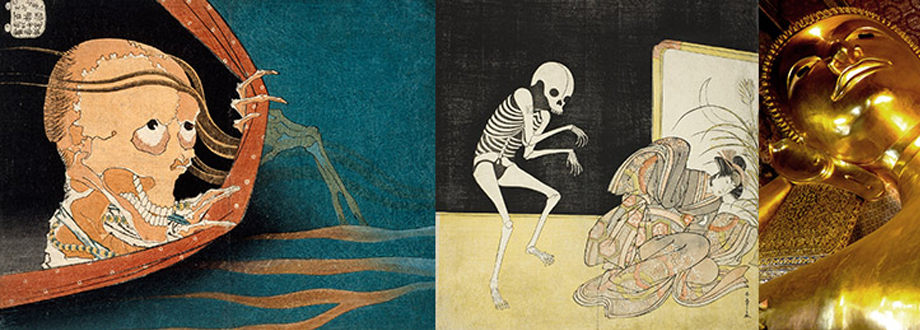
How did the image of the Buddha change and develop as Buddhism spread from India, to China, to Japan? How does a Hindu temple work? Why did Japanese artists have such a strong affinity for images of ghosts and demons? Why don’t Chinese brush painters employ scientific perspective in their landscapes? We’ll answer these and many other questions in this survey of the arts of South Asia (India, Pakistan, Afghanistan) and East Asia (China, Japan, Korea). By examining in depth a few characteristic works of art from each tradition, we will not only discuss the distinctive artistic styles, forms, and aesthetics of each region, but also will also explore the mutual influences that motivated the creation of these works of art. An implicit objective of the course is to call into question the Eurocentrism of "art" as a concept. No prior coursework or experience is necessary.
